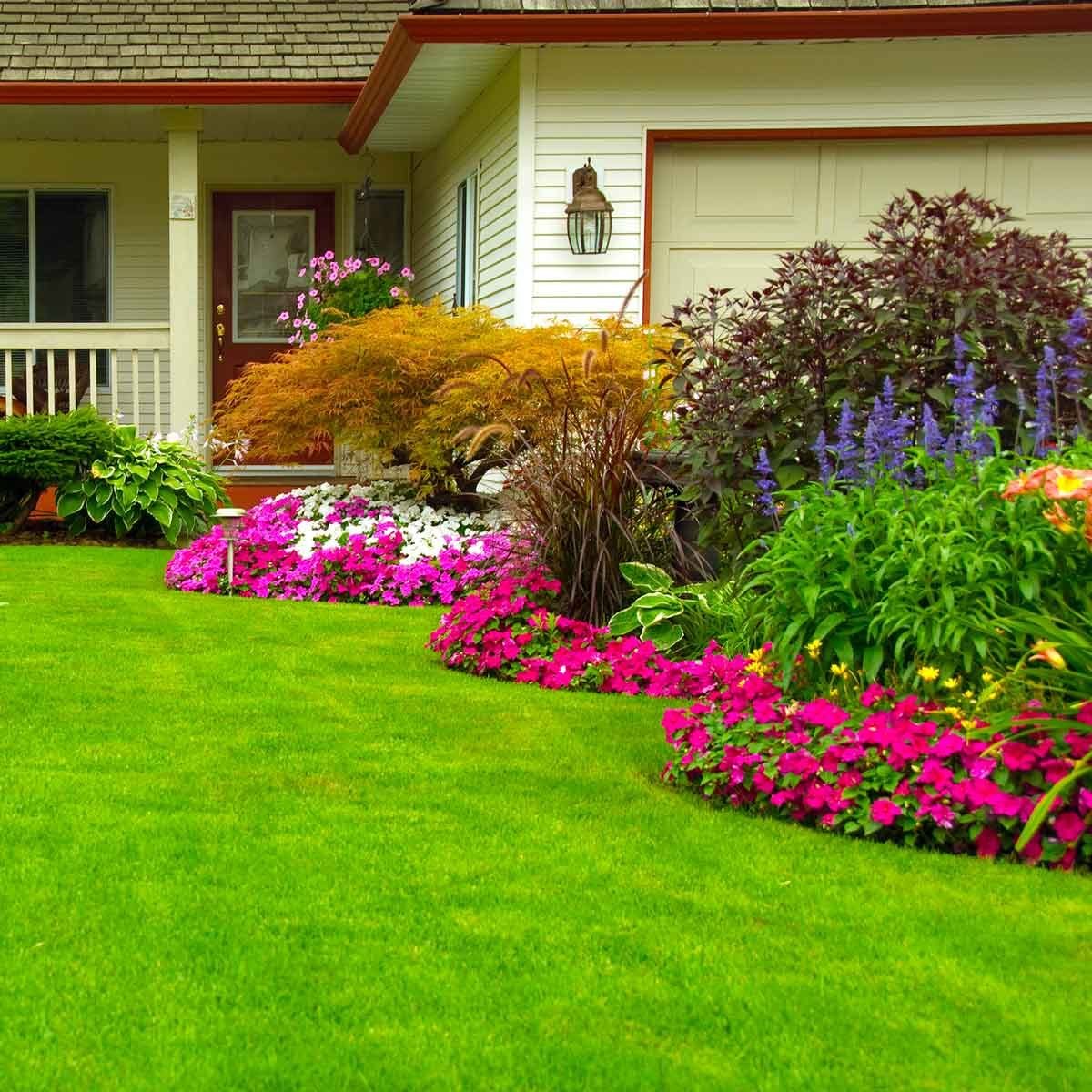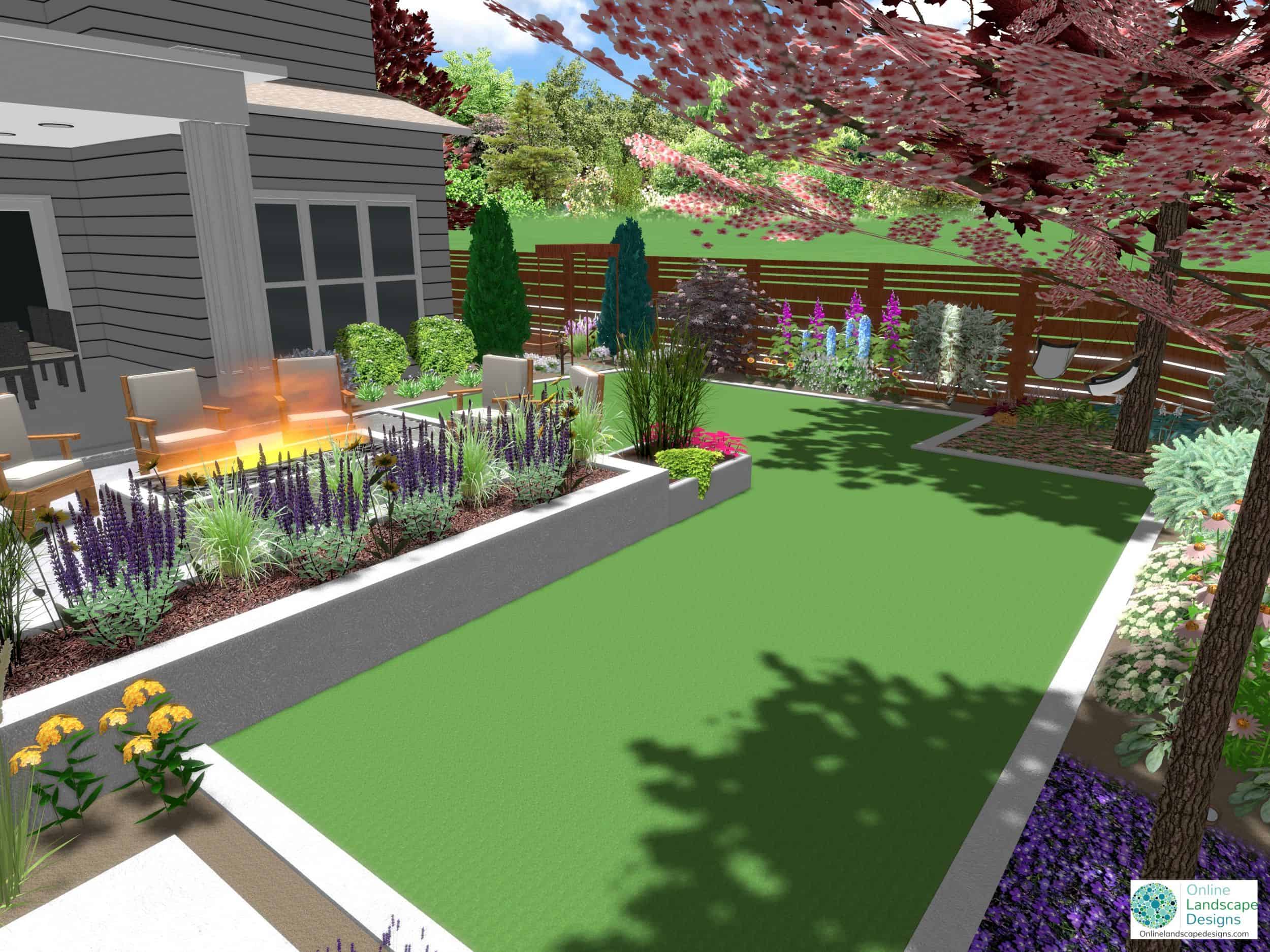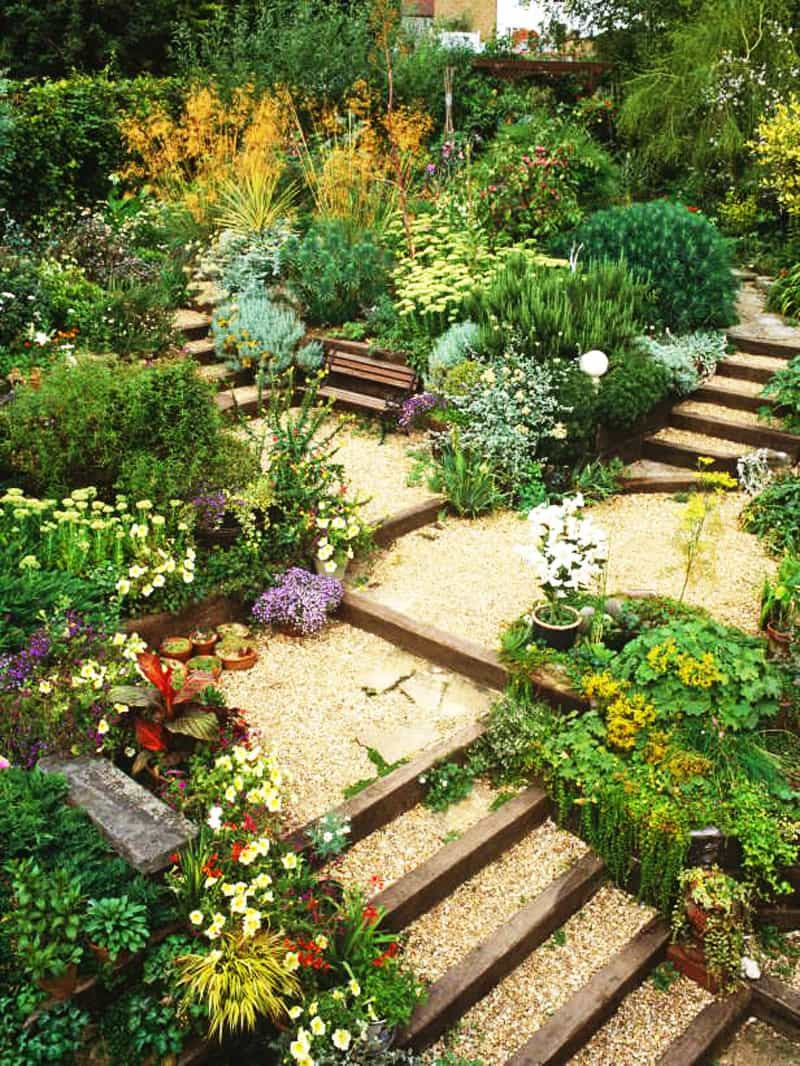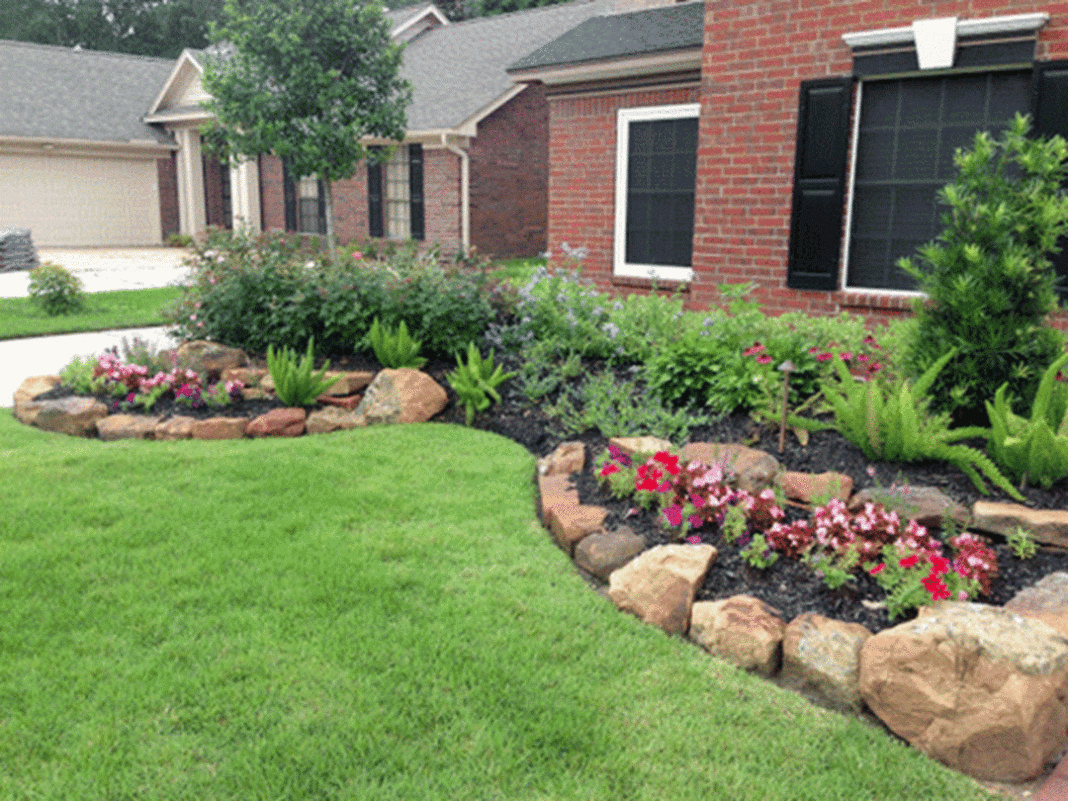landscape design ideas easy

Easy Landscape Design Ideas for Beginners
If you're new to landscaping, it can be easy to feel overwhelmed by all the different elements and decisions involved. But don't worry, we're here to help. In this article, we'll share some simple landscape design ideas that are perfect for beginners.
We'll cover everything from choosing the right plants and hardscaping materials to creating a cohesive design that will make your yard the envy of the neighborhood. So whether you're just starting to plan your landscaping project or you're ready to start digging, read on for some inspiration!

1. Choose the Right Plants
The first step to any successful landscaping project is choosing the right plants. When selecting plants for your yard, it's important to consider the following factors:
- Climate: The climate in your area will determine which plants will thrive. Make sure to choose plants that are hardy to your specific zone.
- Sunlight: How much sunlight does your yard get? Some plants need full sun, while others prefer partial shade.
- Water: How much water does your yard receive? Some plants are drought-tolerant, while others need regular watering.
- Soil: What type of soil does your yard have? Some plants prefer sandy soil, while others do better in clay soil.

Once you've considered these factors, you can start narrowing down your choices. There are many great resources available to help you choose the right plants for your yard, such as the USDA Plant Hardiness Zone Map and the Sunset Western Garden Book.
2. Add Hardscaping Elements
In addition to plants, hardscaping elements can also add visual interest and functionality to your landscape. Hardscaping elements can include things like walkways, patios, fences, walls, and water features.
When choosing hardscaping elements, it's important to consider the overall style of your landscape. For example, if you're going for a modern look, you might choose sleek concrete walkways and a minimalist water feature. If you're going for a more traditional look, you might choose brick walkways and a pond with a fountain.
3. Create a Cohesive Design
Once you've chosen your plants and hardscaping elements, it's important to create a cohesive design that will make your yard look intentional and inviting. There are a few things you can do to achieve this:
- Use a variety of plants in different shapes, sizes, and colors. This will help to create visual interest and prevent your landscape from looking too monotonous.
- Group plants together by type or function. For example, you could group all of your flowering plants together in one area, or all of your vegetables together in another area.
- Use a variety of hardscaping elements to create different focal points in your landscape. For example, you could use a patio as a gathering spot, a water feature as a focal point, and a fence to define your space.
4. Keep It Simple
When it comes to landscaping, less is often more. A cluttered landscape can be overwhelming and difficult to maintain. Instead, focus on creating a simple and inviting space that you'll enjoy spending time in.


Here are a few tips for keeping your landscaping simple:
- Choose a limited number of plants and hardscaping elements.
- Stick to a single color palette.
- Use simple shapes and lines.
- Keep your walkways and patios clear of clutter.
5. Get Started!


The best way to learn landscape design is to get started. Even if you're not sure what you're doing, you'll be surprised at what you can accomplish. Just remember to have fun and enjoy the process!
Here are a few additional tips for beginners:

- Start small. Don't try to tackle a major landscaping project all at once. Instead, start with a small area, such as a patio or flower bed.
- Get help from a professional. If you're not sure where to start, or if you have a specific vision in mind, consider hiring a professional landscape designer.
- Be patient. Landscaping takes time. Don't expect to have a finished product overnight. Just relax and enjoy the process!


With a little planning and effort, you can create a beautiful and inviting landscape that will make your home the envy of the neighborhood.
Additional Landscape Design Ideas for Beginners

In addition to the tips above, here are some additional landscape design ideas for beginners:

- Use native plants. Native plants are well-suited to your local climate and conditions, so they're less likely to require a lot of maintenance. They're

Easy Landscape Design Ideas for Beginners
If you're new to landscape design, it can be helpful to start with some simple, easy-to-implement ideas. These ideas will help you create a beautiful and functional outdoor space without having to spend a lot of time or money.
1. Choose a theme

The first step to any landscape design project is to choose a theme. This will help you to narrow down your choices and create a cohesive look for your space. Some popular themes include:
- Formal: A formal garden is characterized by symmetrical design, straight lines, and geometric shapes. This type of garden is often associated with elegance and formality.
- Informal: An informal garden is more relaxed and natural, with winding paths, curved lines, and irregular shapes. This type of garden is perfect for those who want a more casual and inviting space.
- Rustic: A rustic garden is characterized by its use of natural materials, such as wood, stone, and plants. This type of garden is perfect for those who want a warm and inviting space.
- Contemporary: A contemporary garden is characterized by its use of modern materials and design elements. This type of garden is perfect for those who want a stylish and modern space.
Once you've chosen a theme, you can start to choose plants and other elements that will fit into that theme.
2. Choose plants that are appropriate for your climate
The next step is to choose plants that are appropriate for your climate. This means choosing plants that can tolerate the amount of sun, water, and soil conditions in your area. You can find this information on the plant tag or by doing a quick online search.
When choosing plants, it's also important to consider the size of your space and the amount of maintenance you're willing to do. If you have a small space, you'll want to choose plants that won't grow too large. And if you don't have a lot of time to maintain your garden, you'll want to choose plants that are low-maintenance.
3. Add hardscaping elements
Hardscaping elements, such as walkways, patios, and walls, can help to define your space and create a focal point. When choosing hardscaping elements, it's important to consider the overall style of your garden and the materials that will work best in your climate.
Some popular hardscaping materials include:

- Concrete: Concrete is a durable and low-maintenance material that can be used for a variety of hardscaping projects.
- Brick: Brick is a classic and elegant material that can add warmth and character to your garden.
- Stone: Stone is a natural and durable material that can be used to create a variety of looks.
- Wood: Wood is a warm and inviting material that can add a touch of rustic charm to your garden.
4. Add water features
Water features can add a touch of beauty and tranquility to your garden. Some popular water features include:


- Fountains: Fountains are a great way to add sound and movement to your garden.
- Waterfalls: Waterfalls are a beautiful way to create a focal point in your garden.
- Ponds: Ponds are a great way to attract wildlife and create a relaxing space.
When choosing a water feature, it's important to consider the size of your space and the amount of maintenance you're willing to do.
5. Add landscaping lighting


Landscaping lighting can help to highlight your hardscaping elements and create a inviting space at night. When choosing landscaping lighting, it's important to choose fixtures that are appropriate for the size of your space and the amount of light you need.
Some popular landscaping lighting options include:

- Pathway lights: Pathway lights can help to illuminate your walkways and make them safer at night.
- Spotlights: Spotlights can be used to highlight specific features in your garden, such as trees, sculptures, or water features.
- String lights: String lights can be used to create a romantic and inviting atmosphere.


6. Add seasonal interest
One of the best ways to keep your garden looking interesting all year long is to add seasonal interest. This means choosing plants that will bloom at different times of the year, as well as adding other elements, such as flowers, ornaments, and mulch, that will change with the seasons.

Here are a few ideas for adding seasonal interest to your garden:

- Spring: In spring, you can add tulips, daffodils, and other spring flowers. You can also add fresh mulch to your beds and plant annuals that.


